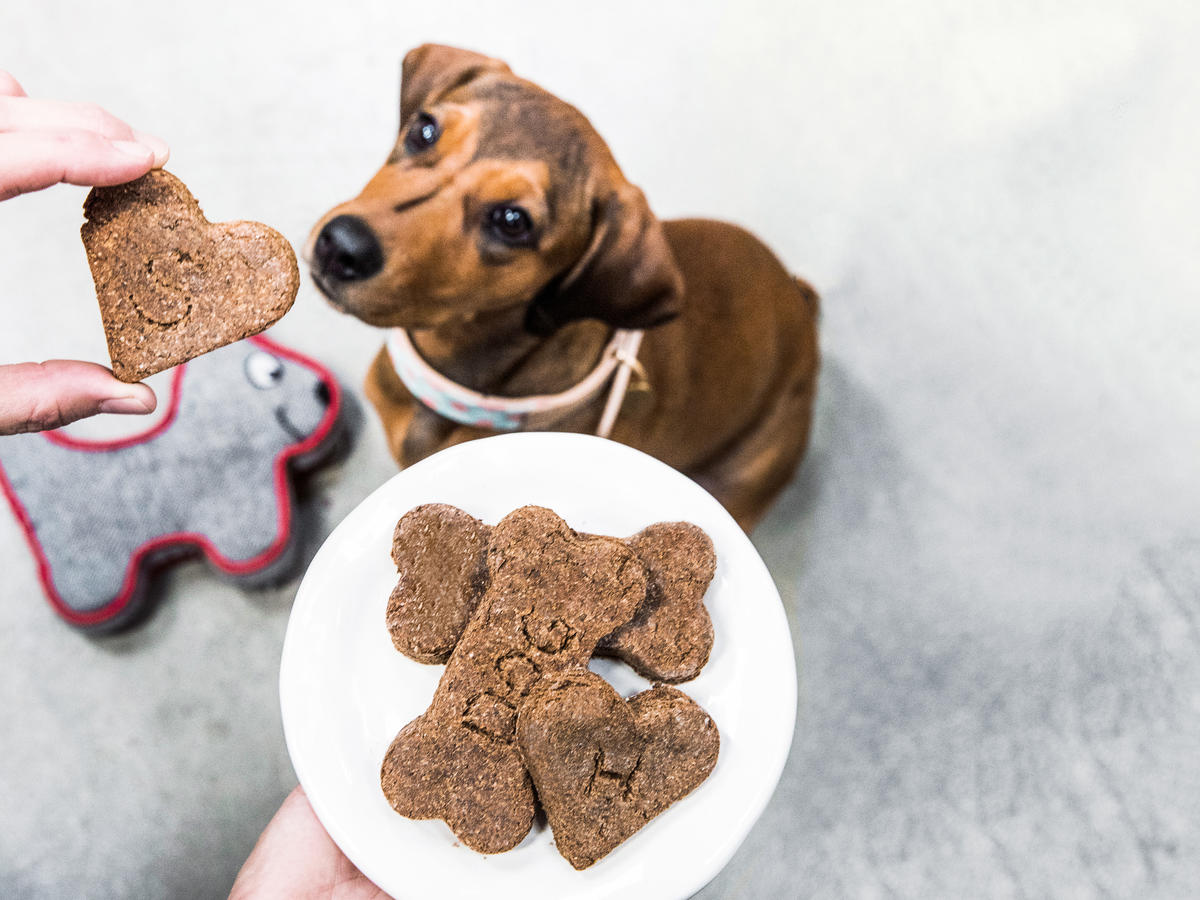Training your dog successfully hinges on selecting the best treats that appeal to their tastes and dietary needs. Using treats in training sessions can be an excellent way to motivate your dog, reinforce positive behaviors, and establish a rewarding relationship. Treats not only enhance obedience but also make learning new commands a positive experience, encouraging your dog to listen and respond eagerly.
However, the vast range of dog treats on the market—from crunchy biscuits to freeze-dried meats and soft chews—can make it hard to determine which are genuinely best for training. Factors like treat size, ingredients, and nutritional value all play an essential role, as the right treats can prevent overfeeding and support long-term health. Here, we explore how to choose treats that maximize training success, maintain focus, and keep your dog healthy, happy, and engaged during every session. A thoughtful approach to treat selection can make all the difference in achieving your training goals.
The Importance of Treat Selection
Choosing the best treats for training isn’t only about rewarding good behavior—it’s about creating an enjoyable experience. The right treats encourage focus, making learning faster and reinforcing positive behavior patterns. Dogs naturally respond to food-based rewards because food appeals to their instincts and senses, making it one of the most effective training motivators.
Selecting the best treats means balancing flavor, nutrition, and convenience. High-quality ingredients are essential, as dogs need to stay healthy while training. Choosing nutrient-rich treats with minimal fillers and artificial additives ensures a balanced diet that won’t compromise their health. Training treats should also be easy to handle. Treats that are too large or sticky can slow training momentum, whereas dry, bite-sized options allow for quick, easy delivery between commands. Finally, make sure treats are appealing to your dog. Testing a few types will reveal their preferred flavors, so sessions are productive and enjoyable.
Choosing the Right Size and Texture
The best treats for training should be bite-sized and easy to chew, especially for fast-paced sessions. Dogs thrive on repetition during training, so keeping treats small allows you to reward them frequently without overfeeding. A tiny treat may not look like much, but in training, it’s a consistent reminder of a job well done. Consider treats no larger than a pea for most dogs to keep calories under control. Soft treats, in particular, are often more suitable for training than hard ones because dogs can eat them quickly and stay focused on the task at hand.
Texture is also a factor, as some dogs prefer crunchy treats while others go for soft ones. If your dog needs encouragement to stay focused, moist treats with an intense smell can be especially motivating. Testing different textures helps find what works best, but generally, softer, smaller treats enable smoother sessions. Ultimately, the best treats blend size and texture in a way that keeps training fluid and engaging for your pet.
Selecting Healthy Ingredients
When choosing the best treats, it’s essential to consider the quality of ingredients. Training can involve numerous treats, and substandard ingredients may impact your dog’s health over time. Look for treats with natural ingredients, limited fillers, and no artificial preservatives or colors. Proteins, like chicken, beef, or lamb, are popular choices, providing a flavor most dogs find irresistible while offering necessary nutrients. Some treats also include fruits and vegetables, which add a bit of fiber, vitamins, and antioxidants to support overall health.
Healthy treats that align with your dog’s dietary needs prevent overindulgence and ensure they get the necessary nutrients. Avoid treats with excessive fats, as these can lead to weight gain if used frequently during training. If your dog has specific dietary requirements or allergies, select treats that address these needs, such as grain-free or low-fat options. Training success hinges on finding treats that are both nutritious and safe for regular use, ensuring each session benefits your dog’s body as much as their behavior.
Tailoring Treats to Your Dog’s Tastes
The best treats align with your dog’s taste preferences, as this makes training more enjoyable. Dogs are unique in their flavor preferences, so testing various treats can help you find the ones they love. From savory options like beef and chicken to sweeter choices like peanut butter or apple, learning your dog’s favorites adds motivation to each training session. It can even be helpful to have a few different flavors on hand, rotating them to maintain your dog’s interest and prevent boredom.
Another factor in treat selection is using high-value treats in challenging situations or for new behaviors. If you use a chain leash for large dogs, for instance, choosing a more exciting treat can help your dog stay focused despite distractions. High-value treats can be richer or more aromatic, making them highly appealing when you need to grab your dog’s attention. By tapping into your dog’s unique tastes, you create a rewarding training environment that keeps your dog focused and eager to learn.
Balancing Treats with Nutrition and Training
While treats are valuable for training, it’s essential to balance them with your dog’s overall nutrition and daily diet. Frequent treat-based training means you need to adjust portion sizes at mealtime to prevent weight gain. For many dogs, training treats should make up no more than 10% of their daily caloric intake. Monitoring treat types and quantities keeps your dog healthy while allowing training to be productive.
Consider mixing low-calorie treats or even using kibble as rewards for simpler commands, reserving more enticing treats for complex training. This balance prevents your dog from becoming overly reliant on rich treats while maintaining a healthy routine. Always prioritize treats with quality ingredients and low fillers, aiming for a nutritious mix that keeps your dog happy and healthy in the long term. With a thoughtful approach, you’ll ensure treats aid training effectively, giving you and your dog a fun, balanced, and rewarding experience.


